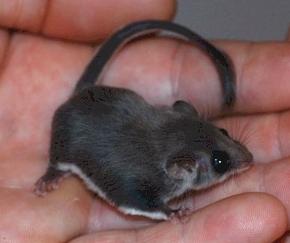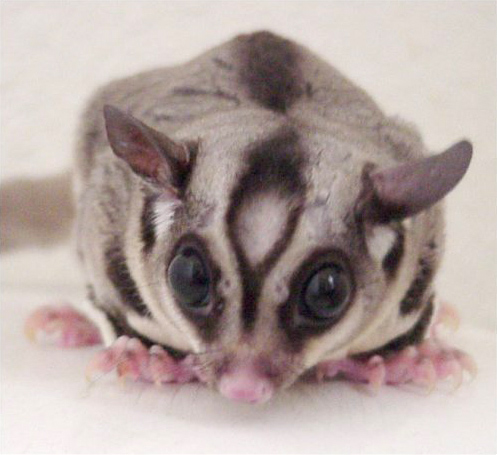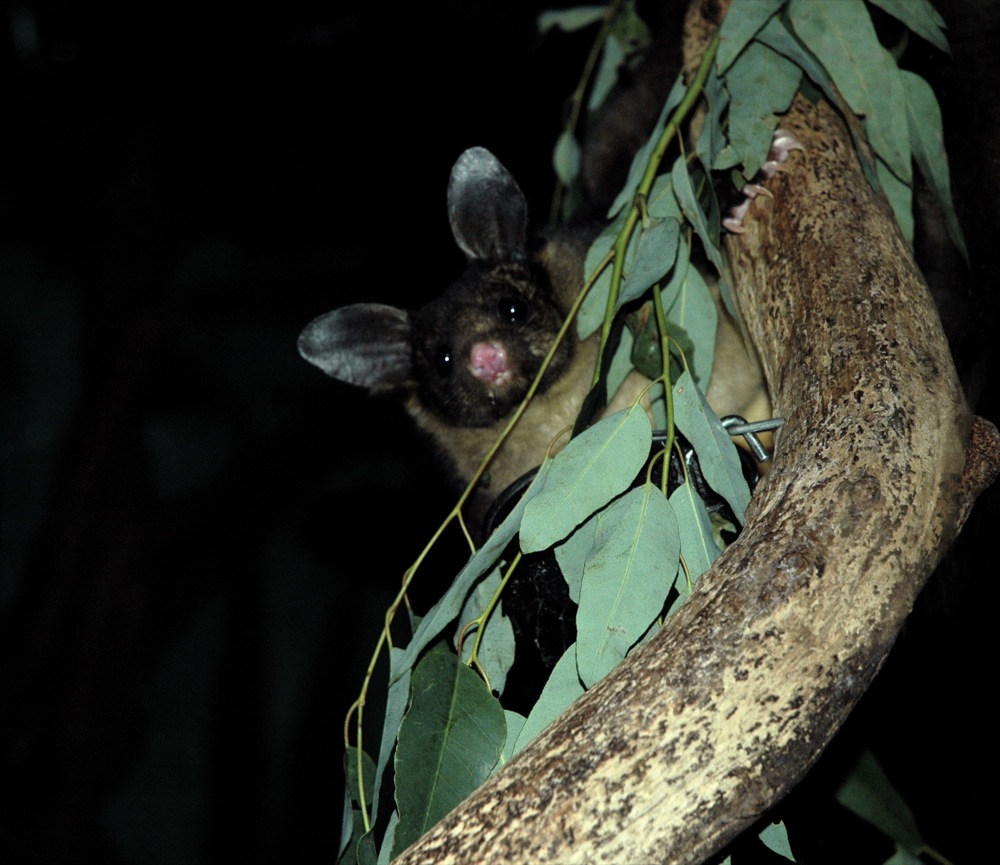|
Gliding Possum
There are many different types of gliding possum, sometimes referred to as volplane possum, flying phalangers, or simply as gliders: Australian gliders * Feathertail glider or pygmy gliding possum, ''Acrobates pygmaeus'' * Greater glider, ''Petauroides volans'' * Mahogany glider, ''Petaurus gracilis'' * Squirrel glider, ''Petaurus norfolcensis'' * Sugar glider, ''Petaurus breviceps'' * Yellow-bellied glider or fluffy glider, ''Petaurus australis'' New Guinea gliders * Biak glider, ''Petaurus biacensis'' * Northern glider, ''Petaurus abidi'' A characteristic of all species of marsupial gliders is the partially fused ( syndactylous) second and third digits on the hind feet.Gliders of Australia: A Natural History. 2002. David Lindenmayer They achieve gliding flight by use of membranes called patagia The patagium (plural: patagia) is a membranous body part that assists an animal in obtaining lift when gliding or flight. The structure is found in extant and extinct groups of ... [...More Info...] [...Related Items...] OR: [Wikipedia] [Google] [Baidu] |
Australia
Australia, officially the Commonwealth of Australia, is a Sovereign state, sovereign country comprising the mainland of the Australia (continent), Australian continent, the island of Tasmania, and numerous List of islands of Australia, smaller islands. With an area of , Australia is the largest country by area in Oceania and the world's List of countries and dependencies by area, sixth-largest country. Australia is the oldest, flattest, and driest inhabited continent, with the least fertile soils. It is a Megadiverse countries, megadiverse country, and its size gives it a wide variety of landscapes and climates, with Deserts of Australia, deserts in the centre, tropical Forests of Australia, rainforests in the north-east, and List of mountains in Australia, mountain ranges in the south-east. The ancestors of Aboriginal Australians began arriving from south east Asia approximately Early human migrations#Nearby Oceania, 65,000 years ago, during the Last Glacial Period, last i ... [...More Info...] [...Related Items...] OR: [Wikipedia] [Google] [Baidu] |
Feathertail Glider
The feathertail glider (''Acrobates pygmaeus''), also known as the pygmy gliding possum, pygmy glider, pygmy phalanger, flying phalanger and flying mouse, is a species of marsupial native to eastern Australia. It is the world's smallest gliding mammal and is named for its long feather-shaped tail. A second species, the broad-toed feathertail glider (''Acrobates (Dromicia) frontalis'', De Vis 1887) is recognised by some authors based on unpublished genetic studies and cryptic morphological differences in toe and tail characteristics. With this recognition, it is suggested that ''Acrobates pygmaeus'' takes the common name narrow-toed feathertail glider. Description At just in head-and-body length and weighing about , the feathertail glider is only around the size of a small mouse, and is the world's smallest gliding mammal. The fur is soft and silky, and is a uniform greyish brown on the upper body, and white on the underside. There are rings of dark fur around the eyes, the rhi ... [...More Info...] [...Related Items...] OR: [Wikipedia] [Google] [Baidu] |
Greater Glider
The greater gliders are three species of large gliding marsupials in the genus ''Petauroides'', all of which are found in eastern Australia. Until 2020 they were considered to be one species, '' Petauroides volans''. In 2020 morphological and genetic differences, obtained using diversity arrays technology, showed there were three species subsumed under this one name. The two new species were named '' Petauroides armillatus'' and ''Petauroides minor''. These species are not closely related to the '' Petaurus'' group of gliding marsupials but instead to the lemur-like ringtail possum, ''Hemibelideus lemuroides'', with which it shares the subfamily Hemibelideinae. The greater gliders are nocturnal and are solitary herbivores feeding almost exclusively on ''Eucalyptus'' leaves and buds. Like their relative, the lemur-like ringtail, the southern greater glider is found in two forms: a sooty brown form and a grey-to-white form. The central greater glider is instead silvery brown, whil ... [...More Info...] [...Related Items...] OR: [Wikipedia] [Google] [Baidu] |
Squirrel Glider
The squirrel glider (''Petaurus norfolcensis'') is a nocturnal gliding possum. The squirrel glider is one of the wrist-winged gliders of the genus '' Petaurus''. Habitat This species' home range extends from Bordertown near the South Australian/Victorian Border through south-eastern Australia to northern Queensland. This species was thought to be extinct in South Australia since 1939 until a genetic test confirmed their inhabitance in this area. The squirrel glider lives in south-eastern Australia in the dry sclerophyll forest and woodlands. In Queensland, however, they occupy a wetter eucalypt forest. The glider will make a den in the hollow tree and line it with leaves. Here it will sleep and usually lives in groups of one male, 2 females, and offspring. Appearance Like most of the wrist-winged gliders, the squirrel glider is endemic to Australia. It is about twice the size of the related sugar glider (''P. breviceps''). Its body is 18–23 cm long and its tail measur ... [...More Info...] [...Related Items...] OR: [Wikipedia] [Google] [Baidu] |
Sugar Glider
The sugar glider (''Petaurus breviceps'') is a small, omnivorous, arboreal, and nocturnal gliding possum belonging to the marsupial infraclass. The common name refers to its predilection for sugary foods such as sap and nectar and its ability to glide through the air, much like a flying squirrel. They have very similar habits and appearance to the flying squirrel, despite not being closely related—an example of convergent evolution. The scientific name, ''Petaurus breviceps'', translates from Latin as "short-headed rope-dancer", a reference to their canopy acrobatics. The sugar glider is characterised by its pair of gliding membranes, known as patagia, which extend from its forelegs to its hindlegs. Gliding serves as an efficient means of reaching food and evading predators. The animal is covered in soft, pale grey to light brown fur which is countershaded, being lighter in colour on its underside. The sugar glider is native to a small portion of southeastern Australia, ... [...More Info...] [...Related Items...] OR: [Wikipedia] [Google] [Baidu] |
Yellow-bellied Glider
The yellow-bellied glider (''Petaurus australis''), also known as the fluffy glider, is an arboreal and nocturnal gliding possum that lives in native eucalypt forests in eastern Australia, from northern Queensland south to Victoria. Habitat The yellow-bellied glider inhabits forests and woodlands in eastern Australia and is found at a range of altitudes from sea level to 1400 metres. In North Queensland, the sub-species occurs at altitudes over 700 m above sea level. With natural discontinuities and habitat clearings, there are 13 different populations in three distinct places to find this glider in North Queensland. One population resides on Mount Windsor Tableland, another on Mount Carbine Tableland, and the third lives in a linear habitat going from Atherton to Kirrama on the Atherton Tableland. These three populations together are estimated to contain around 6000 individual gliders. With their habitat in danger, the yellow-bellied glider is classified as uncommon to ... [...More Info...] [...Related Items...] OR: [Wikipedia] [Google] [Baidu] |
New Guinea
New Guinea (; Hiri Motu Hiri Motu, also known as Police Motu, Pidgin Motu, or just Hiri, is a language of Papua New Guinea, which is spoken in surrounding areas of Port Moresby (Capital of Papua New Guinea). It is a simplified version of Motu, from the Austronesian l ...: ''Niu Gini''; id, Papua, or , historically ) is the List of islands by area, world's second-largest island with an area of . Located in Oceania in the southwestern Pacific Ocean, the island is separated from Mainland Australia, Australia by the wide Torres Strait, though both landmasses lie on the same continental shelf. Numerous smaller islands are located to the west and east. The eastern half of the island is the major land mass of the independent state of Papua New Guinea. The western half, known as Western New Guinea, forms a part of Indonesia and is organized as the provinces of Papua (province), Papua, Central Papua, Highland Papua, South Papua, Southwest Papua, and West Papua (province), West ... [...More Info...] [...Related Items...] OR: [Wikipedia] [Google] [Baidu] |
Biak Glider
The Biak glider (''Petaurus biacensis'') is a species of marsupial in the family Petauridae. It is endemic to the Schouten Islands in the western region of Papua Province, Indonesia. It was formerly considered to be a subspecies of ''Petaurus breviceps'' (sugar glider); there is still uncertainty regarding its status as a distinct species. The Biak glider ranges in length from and in weight from . Distribution Biak Biak is an island located in Cenderawasih Bay near the northern coast of Papua (province), Papua, an Indonesian province, and is just northwest of New Guinea. Biak is the largest island in its small archipelago, and has many atolls, reefs, and c ..., Supiori and Owi isles.Wilson & Reeder's Mammal Species of the World: Taxonomic Browser : Petaurus biacensis''; Smithsonian Institution References External links Taxonomic status MSW - Current as of November 16, 2005 - Retrieved 07:58, 19 October 2012 (UTC) Gliding possums Marsupials of New Guinea Mammals ... [...More Info...] [...Related Items...] OR: [Wikipedia] [Google] [Baidu] |
Northern Glider
The northern glider (''Petaurus abidi'') is a species of marsupial in the family Petauridae. It is endemic to Papua New Guinea, becoming known to science in 1981 after being discovered in the Torricelli Mountains. This species has been found in primary, mid-montane tropical moist forests. It is also known from rural gardens close to forest. The northern glider is Critically Endangered because its occurrence is less than 100 km2, all individuals are located within a single area, and a continuing decline of its habitat quality due to deforestation Deforestation or forest clearance is the removal of a forest or stand of trees from land that is then converted to non-forest use. Deforestation can involve conversion of forest land to farms, ranches, or urban use. The most concentrated d ... and human encroachment. They also face a major threat from hunting. Appearance The northern glider ranges in weight of 228–332 grams. Its silky-like fur is gray on the top half, pa ... [...More Info...] [...Related Items...] OR: [Wikipedia] [Google] [Baidu] |
Syndactyly
Syndactyly is a condition wherein two or more digits are fused together. It occurs normally in some mammals, such as the siamang and diprotodontia, but is an unusual condition in humans. The term is from Greek σύν, ''syn'' 'together' and δάκτυλος, ''daktulos'' 'finger'. Classification Syndactyly can be simple or complex. * In simple syndactyly, adjacent fingers or toes are joined by soft tissue. * In complex syndactyly, the bones of adjacent digits are fused. The kangaroo exhibits complex syndactyly. Syndactyly can be complete or incomplete. * In complete syndactyly, the skin is joined all the way to the tip of the involved digits. * In incomplete syndactyly, the skin is only joined part of the distance to the tip of the involved digits. Complex syndactyly occurs as part of a syndrome (such as Apert syndrome) and typically involves more digits than simple syndactyly. Fenestrated syndactyly, also known as acrosyndactyly or terminal syndactyly, means the skin is joine ... [...More Info...] [...Related Items...] OR: [Wikipedia] [Google] [Baidu] |





